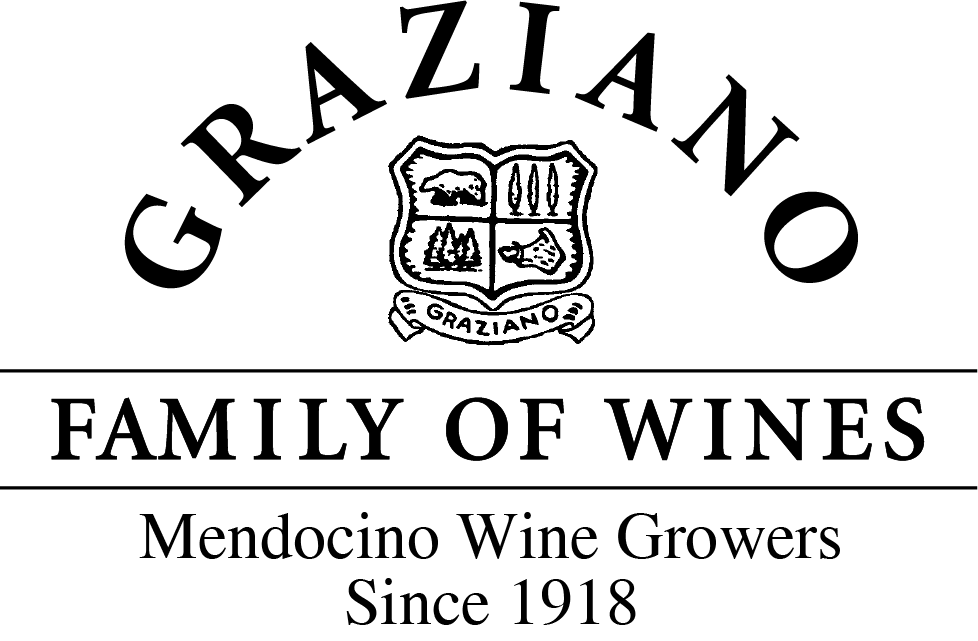Negroamaro: the black, bitter beauty of the heal of Italy’s boot
Negroamaro is one of the most important red grape varieties that may be native to and grown almost exclusively in the Salento area of the southern Italian province of Apulia in southern Italy. Also known as the heel of Italy, Apulia is one of the most productive wine regions in Italy, where the climate is very warm and the soils rich and fertile. During the 1990’s Negroamaro vines were the sixth most planted grape variety in Italy. The Italian wines made from Negroamaro can be deep in color and very rustic in nature with floral perfume aromas with an
earthy, bitter, quality in flavor. This grape actually has a very long history in Apulia. The variety may have been brought to Italy from Illyrian colonists fleeing the area across the Adriatic Sea known as the Balkan Peninsula (Albania, Montenegro, Kosovo, and Croatia, Bosnia and Herzegovina) before the Greeks arrived in the 7th century BC. Negroamaro is planted most densely around the towns of Lecce and Brindisi and is a major blending component with many grapes of the area such as Malvasia Nera, Uva di Troia, Montepulciano and Sangiovese. It is a very versatile grape in Apulia making novellos, rosés, and rich, hearty, and rustic red wines. There is also a very special Amaron style wine made where the grapes are dried before fermentation. Many synonyms for Negroamaro exist, such as Albese, Jonico, Nero Leccese, Niuru Mara, Nicra Amaron and Uva Cane to name a few. It is the main component to many DOC (Denominazione di Origine Controllata) wines such as Salice Salentino, Squinzano, Galatina, and Copertino. There are many old vineyards here trained in the bush or head-trained spur pruned style but does well on wire as cordon trained and spur pruned.
So how did we come to make and grow Negroamaro you ask. In the mid 1990’s a friend and viticulturist of ours brought several Italian varieties back from a trip to Italy by a method we called Samsonite importing (like suitcase if you know what I mean). He produced clones of these vines in his nursery for several growers including our cousin Gil Tournour. Gil then planted a small vineyard in the western benchlands of Calpella with those cuttings. It is a difficult grape to grow because it is productive and can ripen very late as it is hard to get the fruit to ripen in a reasonable time with a large crop load. We have since planted a small plot of Negroamaro in our Vincenzo Vineyard nearby to Gils. The clonal selection we planted was purchased from a nursery specializing in Italian grape varieties. It is obviously the same variety but appears to be a different clone as the clusters are smaller. It also ripens earlier, perhaps for that very reason. —Gregory Graziano
